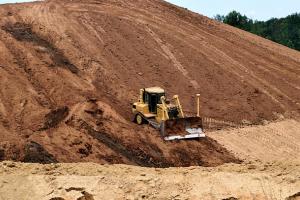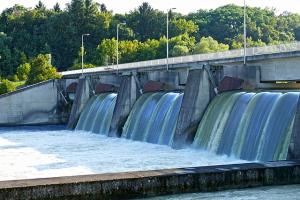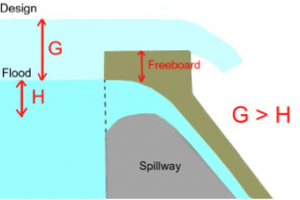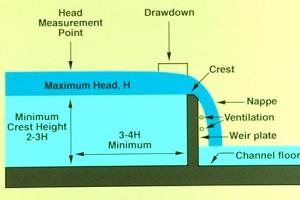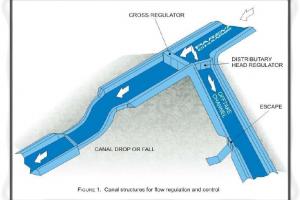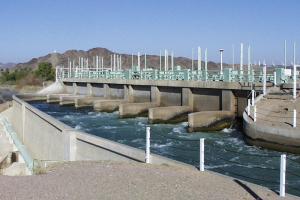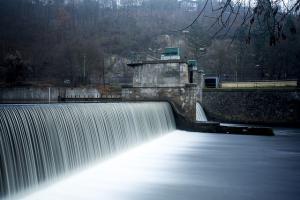Factors Affecting Structure Shape and Capacity of Culverts
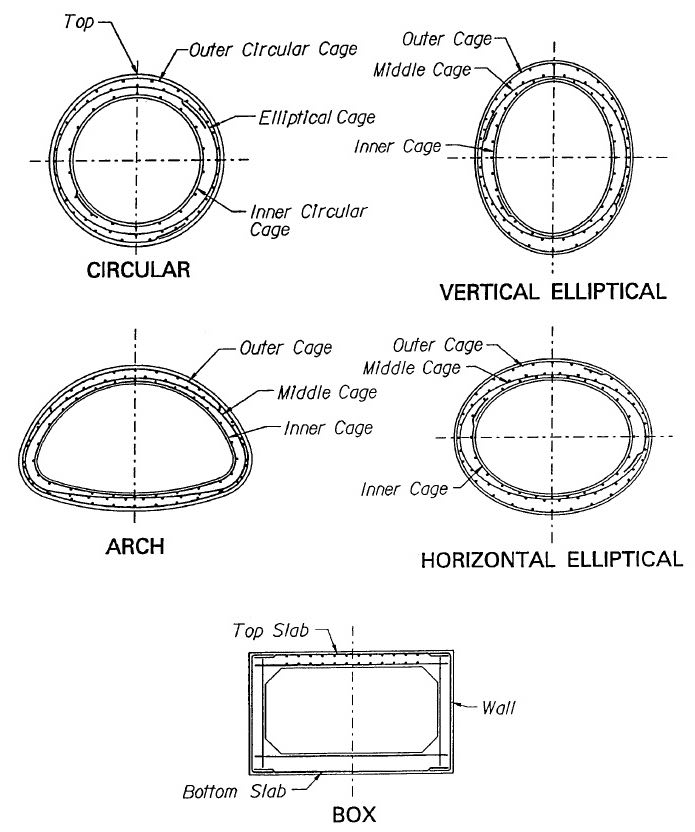
Factors Affecting Structure Shape and Capacity of Culverts
Culverts are crucial in managing water flow, allowing for the safe and efficient passage of water beneath roads, railways, and other structures. They come in various shapes and sizes, each designed to meet specific hydraulic and structural requirements. The shape and capacity of culverts are influenced by several factors, which engineers carefully consider during the design and construction process. In this article, we will explore some key factors that affect the structure shape, and capacity of culverts.
1. Hydraulic Considerations:
One of the primary factors in determining the shape and capacity of culverts is the anticipated flow of water. The hydraulic considerations include the volume, velocity, and frequency of water that the culvert is expected to handle. The design should ensure that the culvert can safely convey the peak flow without causing excessive pressure or backwater upstream. The shape and size of the culvert are chosen to achieve the desired flow characteristics, minimizing the risk of flooding or erosion.
2. Drainage Area and Watershed Characteristics:
The size of the drainage area and the characteristics of the watershed significantly influence the shape and capacity of culverts. The drainage area determines the amount of water that will be collected and directed toward the culvert. Engineers assess factors such as soil type, land use, rainfall intensity, and topography to estimate the peak flow rates and select an appropriate culvert shape and size to handle the expected water volume.
3. Site Constraints and Environmental Considerations:
The physical conditions and constraints of the site also play a role in determining the culvert shape and capacity. Factors such as available space, right-of-way restrictions, existing utilities, and environmental concerns can influence design choices. For example, if there is limited space, a round or elliptical shape may be more suitable as it requires less horizontal space than other shapes like box culverts. Environmental considerations, such as the need to preserve aquatic habitats or allow for fish passage, may also influence the choice of culvert shape.
4. Soil Conditions and Load Capacity:
The properties of the soil at the culvert site are essential in determining the structural requirements. Engineers must assess the soil's bearing capacity and stability to ensure that the culvert can support the anticipated loads from traffic, water pressure, and any other imposed loads. The shape and material of the culvert are selected based on the anticipated soil conditions, ensuring the structure's stability and longevity.
5. Design Standards and Codes:
Design standards and codes established by engineering organizations and government agencies provide guidelines for culvert design. These standards consider factors such as safety, hydraulic efficiency, and structural integrity. The shape and capacity of culverts must adhere to these standards to ensure the structure's reliability and functionality.
6. Longevity and Maintenance:
The expected lifespan and maintenance requirements of the culvert are important factors that influence design choices. Factors such as material selection, durability, and ease of maintenance are considered to ensure that the culvert remains in good condition over its design life. The shape and capacity of the culvert must allow for efficient inspection, cleaning, and potential repairs or replacements in the future.
In conclusion, several factors influence the shape and capacity of culverts. Hydraulic considerations, drainage area, site constraints, soil conditions, design standards, and maintenance requirements all play a vital role in the design process. By carefully evaluating these factors, engineers can create culverts that effectively manage water flow, provide structural integrity, and ensure the safety and functionality of transportation infrastructure.
The following information applies to the design of reinforced concrete culverts:
a. Location
Ideally, the axis of a culvert should coincide with that of the natural stream bed and the structure should be straight and short. This may require modification of the culvert alignment and grade. Often it is more practical to construct the culvert at right angles to the roadway. However, the cost of any change in stream channel location required to accomplish this should be balanced against the cost of a skewed alignment of the culvert, and changes in channel hydraulics should be considered.
b. Grade and camber
The culvert invert gradient should be the same as the natural stream bed to minimize erosion and silting problems. Foundation settlement should be countered by cambering the culvert to ensure positive drainage.
c. Entrance and outlet conditions
It is often necessary to enlarge the natural channel a considerable distance downstream of the culvert to prevent backwater from entering the culvert. Also, enlargement of the culvert entrance may be required to prevent ponding above the culvert entrance. The entrance and outlet conditions of the culvert structure directly impact its hydraulic capacity. Rounding or beveling the entrance corners increases the hydraulic capacity, especially for short culverts of small cross-sections. Scour problems can occur when abrupt changes are made to the streambed flowline at the entrance or outlet of the culvert.



